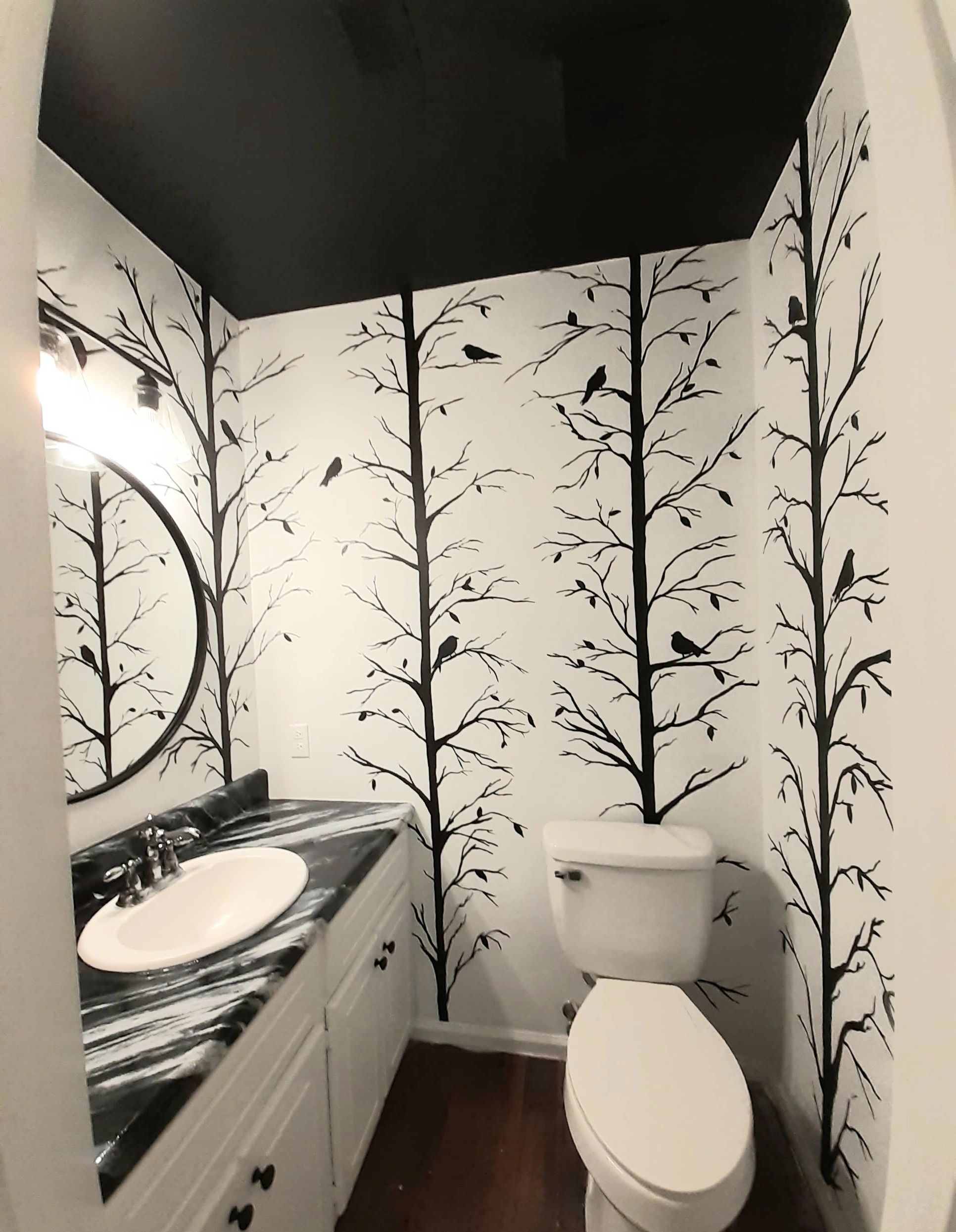

Both the library and the courtier are in some sense theatrical. Though forty years separate the intarsia work in the library at Urbino and the courtier’s public entrance into the world, they both share the idea that the appearance of naturalism is more important than reality. “That was the essence of the desired effect of sprezzatura, that double duplicity which transformed nature into art and art into the appearance of naturalness” (Partridge and Starn, p. The expression ‘sprezzatura’ denotes this ability to male difficult things look easy. His charm was revealed not in the struggle and mastery over difficulties, but in the apparent gracefulness and facility with which he accomplished the objectives of his prince. The courtier’s purpose in life was to be of service to his Prince in war, diplomacy, letters, art and music.
#Reda art of illusion how to#
It was in part a handbook on how to create for one’s self a persona to fit the model of a perfect gentleman or lady, as well as a memoir of the ideal life at this court.
#Reda art of illusion series#
Castiglione was so inspired by the wit, intelligence and charm of the duke and duchess and the other members of the court that he wrote, in the form of a series of dialogues between those members, the Book of the Courtier. Castiglione was a member of the court from 150408 when Guidobaldi, the son of Federigo da Montefeltro, was Duke of Urbino. What is interesting about the intarsia work is its parallel to Castiglione’s Book of the Courtier. The stagelike setting of the library, with its appearance of humanistic ideals, was of more importance than the illusionistic effects. That the illusion was not entirely successful, as a trompe l’oeil work, was not overly important. The illusion of shelves and partly open cabinets filled with all the paraphernalia of the ideal man of the Renaissance the mathematical and scientific instruments the statues and armor of antiquity and the references to art, music, and the drama all were considered to be a perfect vision of the humanist ideals. The work, which covers all four walls, was done in decorative wood inlay or intarsia. In 1476, Federigo da Montefeltro, Duke of Urbino, commissioned Baccio Pontelli to create a vision of a humanist world in a small library in the ducal palace.

He constructed an architectural illusion of space which appears to be three or four times deeper than it is in actuality, thus satisfying the demands of the style of the times by the use of illusion.Īlong with having a practical function in the early Renaissance, illusions could also visually enhance the ideals of the humanists. He had been commissioned to remodel the church along more modern Renaissance lines. In one case, the architect Donato Bramante, 1444-1516, was faced with the impossibility of providing space behind the choir in the S. Further, illusions of architectural structures served a practical purpose when lack of funds or expertise precluded placing an actual dome in the transcept of a Renaissance church or when plasterwork for a ceiling proved more expensive than a painted illusion of such decorative work. Illusions of columns and loggias and other architectural supports and details were painted on two-dimensional wall surfaces to enlarge existent interior space. In Masacchio’s work, the illusion of a barrel vault ceiling behind the figure of God complements the design of the interior of the space that houses the painting. It was not until Masacchio painted the Trinity, 142728, that architectural illusions appeared within paintings. The earliest examples of the art of illusion occur in the paintings of architectural elements that surround the frescos in Medieval churches. The realization on the part of the viewer that he or she had been fooled, was a disruption and an intrusion of the sense of harmony that was valued in Renaissance art. In so doing, the illusionists undermined the humanistic ideals of the Renaissance. The Renaissance artists were primarily interested in creating compositions that, with the use of perspective, would visually illustrate harmony, proportion, and unity while the illusionists were intent on creating deliberately deceptive glimpses of reality.

However, the use that realism was put to marks the major difference between the two types of artists. Both used the rules of perspective and direct observation of nature to render figures and objects on a flat surface as threedimensionally as they could. The artists of illusion shared the concern of the mainstream of Renaissance artists in presenting scenes as realistically as possible. The art of illusion, or trompe l’oeil, as it is more commonly known, presents a scene in order to fool the viewer into mistaking it for reality.


 0 kommentar(er)
0 kommentar(er)
